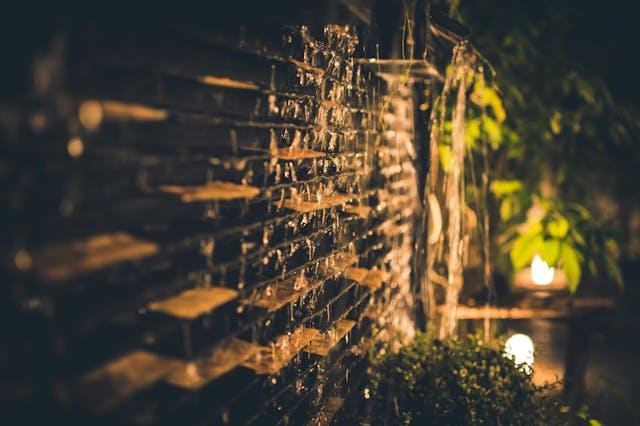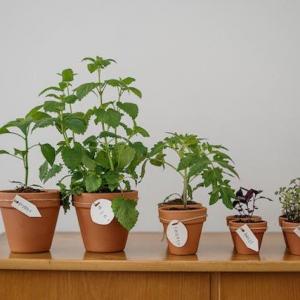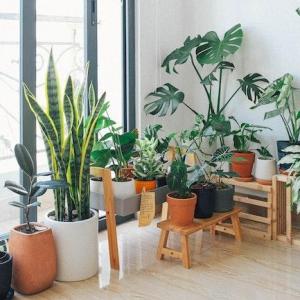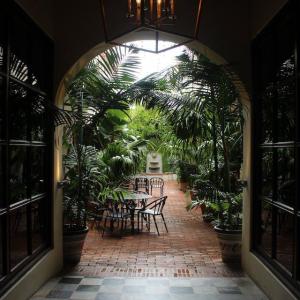
The Allure of Night-Blooming Flowers:
Night-blooming flowers, with their delicate petals and subtle fragrance, have a special place in the hearts of gardeners. These botanical marvels, which are frequently overshadowed by their diurnal counterparts, come to life when the rest of the garden is sleeping.
The Science of Nocturnal Bloom:
A fascinating scientific phenomenon lies behind the magic of night-blooming flowers. Under the cover of darkness, these plants have developed novel strategies for attracting pollinators. Unlike their daytime counterparts, which rely on bees and butterflies for pollination, night-blooming flowers frequently rely on moths, bats, and other nocturnal creatures. White or light-colored blooms, which are common in night-blooming flowers, reflect moonlight, making them more visible in the dark. Furthermore, many nocturnal blossoms have a subtle fragrance that acts as a beacon for pollinators navigating the night. Understanding the science behind these nocturnal blooms adds another layer of intrigue to the art of designing a moonlight garden, as it involves orchestrating an environment that caters to the specific needs of these nocturnal blooms.
Creating the Moonlit Oasis:
Crafting a moonlight garden is a meticulous process that demands a thoughtful approach to plant selection, lighting design, and a clear understanding of the garden's intended purpose. The first step in this enchanting journey involves choosing a diverse array of night-blooming flowers, ensuring that their bloom times, colors, and fragrances complement each other harmoniously. Night-blooming Jasmine (Cestrum nocturnum), with its intoxicating scent, sets the stage for a sensory journey, while the Moonflower (Oenothera biennis) unfolds its ethereal blossoms, creating a visual spectacle as the night progresses. Evening Primrose (Oenothera biennis), with its delicate yellow flowers, adds a touch of charm to the moonlit landscape. The careful curation of these floral companions ensures a captivating display that evolves with the moon's gentle radiance, engaging both sight and scent in a symphony of nocturnal beauty.Consider the layout of your garden, putting taller plants in the back and shorter ones in the front for a more dynamic visual experience. To create a balanced and visually appealing landscape, intersperse your night-blooming wonders with foliage plants that provide contrast and texture. Incorporate strategically placed pathways or seating areas to allow visitors to immerse themselves in the sensory delights of the moonlit oasis.
In the realm of gardening, where the beauty of nature is curated and celebrated, the moonlight garden stands as a testament to the magic that unfolds when the sun dips below the horizon. Designing a space that comes to life under the gentle glow of the moon is a poetic endeavor, merging science and art to create an enchanting oasis. As night-blooming wonders unfurl their petals, releasing fragrances that dance on the nocturnal breeze, the moonlight garden becomes a haven for those seeking solace and beauty under the starry canvas. Embrace the allure of the night, and let your garden bloom in the moon's tender embrace, a testament to nature's nocturnal ballet's everlasting charm. A moon garden brings a piece of the celestial right into your backyard. Enter the world of moon gardens, and every night will be a magical escape.
Article
Be the first comment
Elite Article














